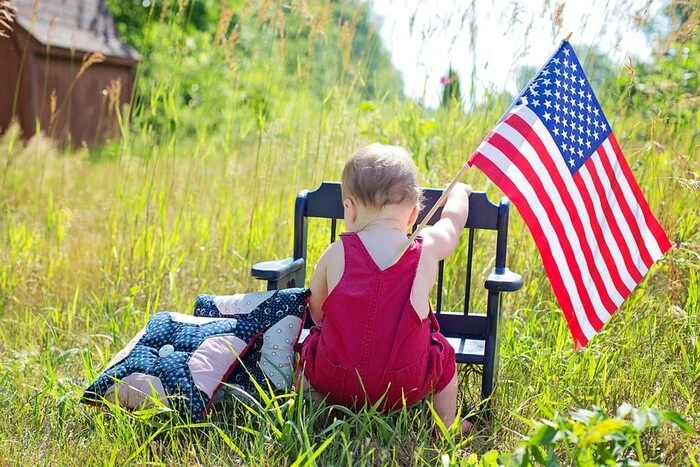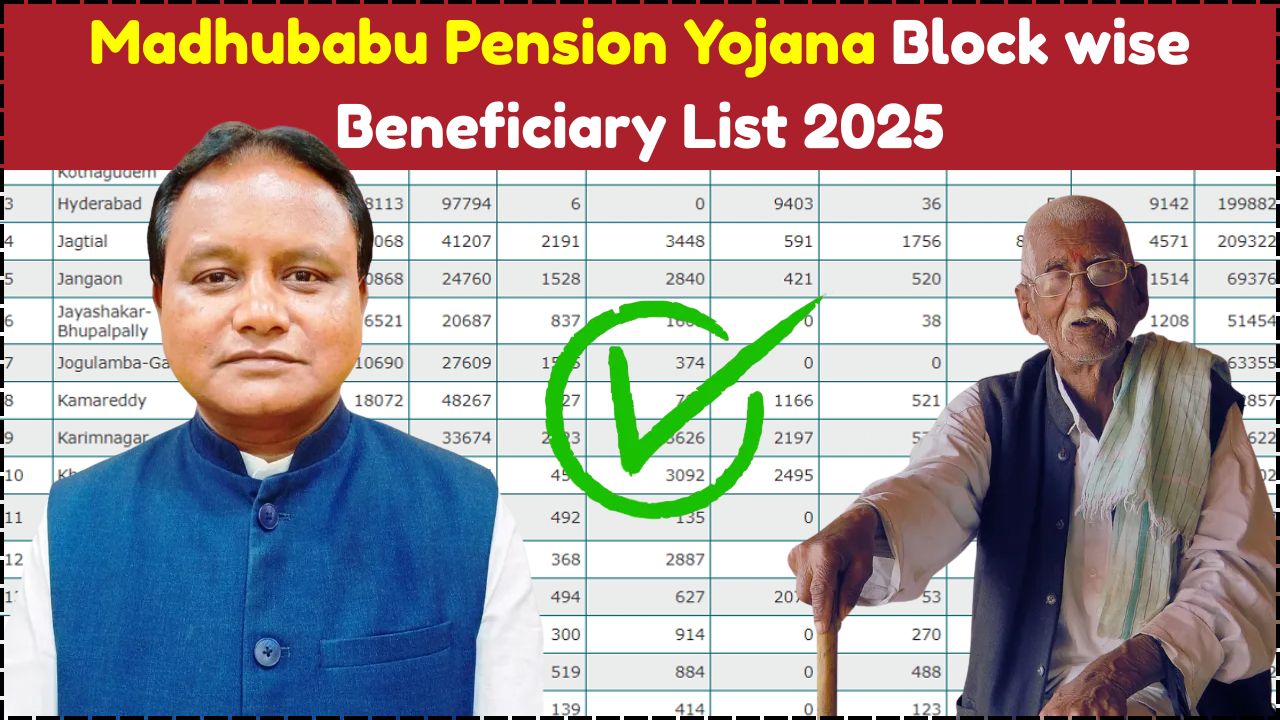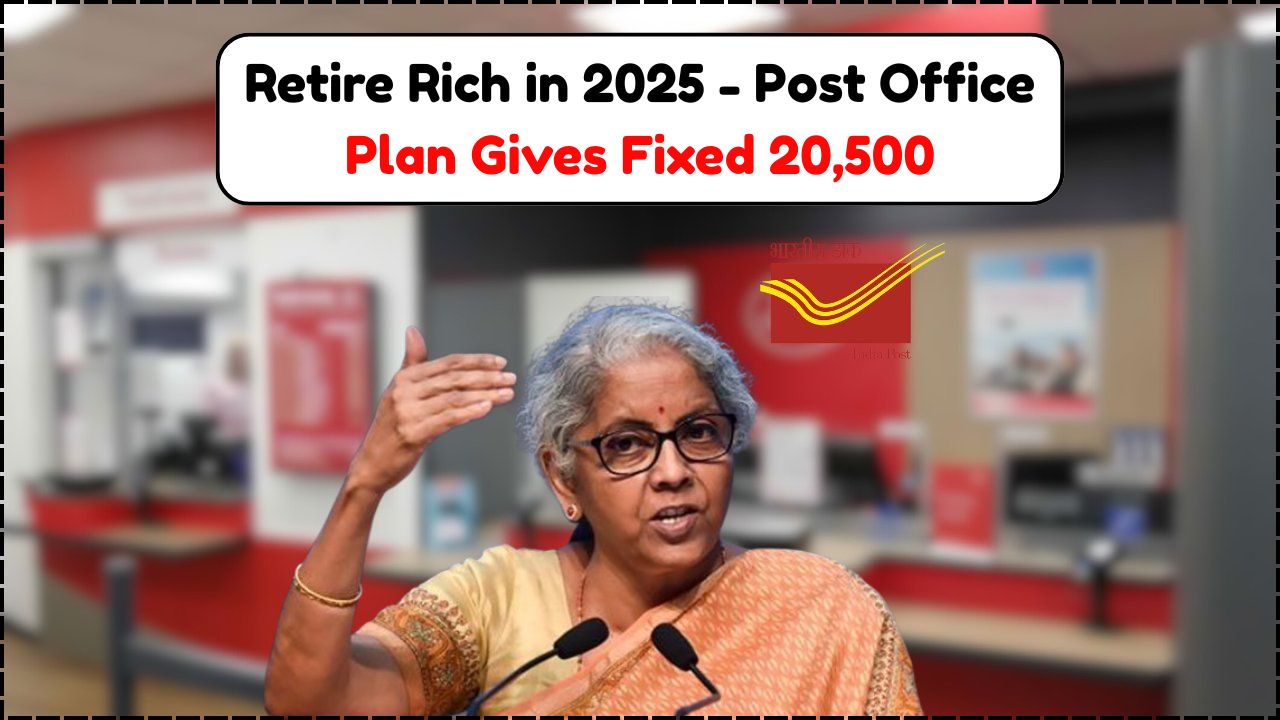Beginning in 2026, New York State will implement a targeted financial assistance initiative designed to help low-income families manage newborn-related expenses. Dubbed the Baby Benefit, this one-time payment of $1,800 will be automatically granted to eligible families receiving public assistance at the time of their child’s birth. The state’s objective is to ease the financial burden associated with welcoming a new baby, especially for households already facing economic challenges.
This policy is part of New York’s larger 2026 fiscal blueprint and aims to address the soaring cost of infant care. Basic items such as diapers, formula, medicines, and essential supplies can quickly become unaffordable for families relying on government assistance. The program is expected to streamline disbursement by using pre-existing public aid databases to verify eligibility without requiring additional paperwork from parents.
Table of Contents
How the Baby Benefit Will Work
The $1,800 Baby Benefit will be a one-time cash grant, not a recurring payment. It is scheduled to be delivered shortly after a baby’s birth, during the critical early weeks when financial demands are highest. By leveraging administrative data, the state will automatically identify eligible recipients and issue payments accordingly, ensuring minimal delays and maximum accessibility.
Oversight of the initiative will be shared between the New York State Department of Social Services and the Department of Health. Payments will be primarily sent via direct deposit for families with banking details on record. Those without such information will receive paper checks through the mail. This dual method allows the program to reach families efficiently and inclusively.
Eligibility Criteria and Payment Process

To qualify, parents must already be receiving public aid programs such as TANF, SNAP, or Medicaid at the time of the child’s birth. The state will cross-check birth registrations with benefit enrollment data to confirm eligibility. No application will be required, reducing barriers and streamlining access for time-strapped new parents.
The program’s eligibility checks will depend entirely on administrative data, with disbursements expected within 60 days of verifying a match. Households slightly above the public aid income thresholds will not be included, as the benefit specifically targets families experiencing the most financial strain. Maintaining up-to-date contact and banking information with the state will be essential to ensure timely delivery.
Objectives Beyond Immediate Relief
While the $1,800 Baby Benefit aims to provide immediate support for newborn expenses, its broader purpose is to serve as a tool for poverty prevention and child welfare. Early-life interventions such as this are backed by growing evidence showing long-term benefits for children’s health, education, and overall stability when families receive timely financial support during infancy.
This program complements existing forms of aid such as child tax credits or subsidized childcare, focusing specifically on the neonatal stage. By helping parents avoid debt, delays in medical care, or other adverse outcomes, the initiative lays the groundwork for healthier early development.
Budget Forecast and Target Reach
New York anticipates spending between $63 million and $72 million annually on the Baby Benefit, with the program expected to cover approximately 35,000 to 40,000 newborns each year. Funding will be sourced from the human services portion of the state’s budget, including reserves from restructured or merged family support programs.
The estimated fiscal impact is seen as a sustainable investment in childhood poverty reduction. Preliminary projections suggest a potential decrease in infant poverty rates by as much as 9% among families receiving public assistance. The benefit’s fully automated structure helps contain administrative costs while maximizing coverage and speed.
Expected Impact at the Household Level
For eligible families, the benefit will offer tangible support in managing costs associated with their newborn’s arrival. These funds will help with hospital-related expenses, baby supplies, nutrition, and transportation for medical appointments. For families taking unpaid leave or managing reduced incomes after childbirth, the payment provides critical financial relief.
Beyond dollars and cents, the initiative is expected to improve parental mental health, reduce household stress, and prevent financial crises. Outcomes may include better compliance with pediatric care schedules, decreased risk of housing instability, and stronger early bonding between parents and children.
Program Oversight and Long-Term Outlook
The state has committed to monitoring the success and efficiency of the Baby Benefit program. This will involve tracking usage rates, conducting follow-up surveys with beneficiaries, and analyzing shifts in child welfare metrics. These evaluations will help determine whether the program meets its policy goals and where adjustments might be needed.
Depending on early results, policymakers may consider expanding the initiative in future years. Options include increasing the payment to keep pace with inflation or broadening eligibility to include near-poor families not currently served. Thanks to its automated design, the program can scale with relative ease, provided there is sufficient budgetary support.
New York’s $1,800 Baby Benefit marks a significant step toward strengthening the state’s safety net for vulnerable families. By focusing on the earliest stages of a child’s life, this one-time cash grant is expected to offer both immediate relief and long-term societal benefits. With a commitment to efficiency, accessibility, and data-driven policy, the initiative stands out as a promising model for infant-focused welfare support across the nation.








